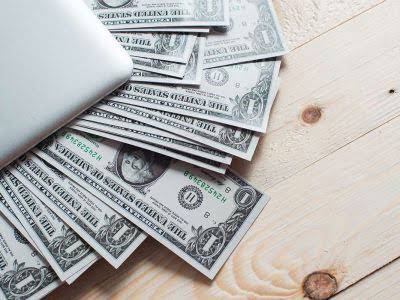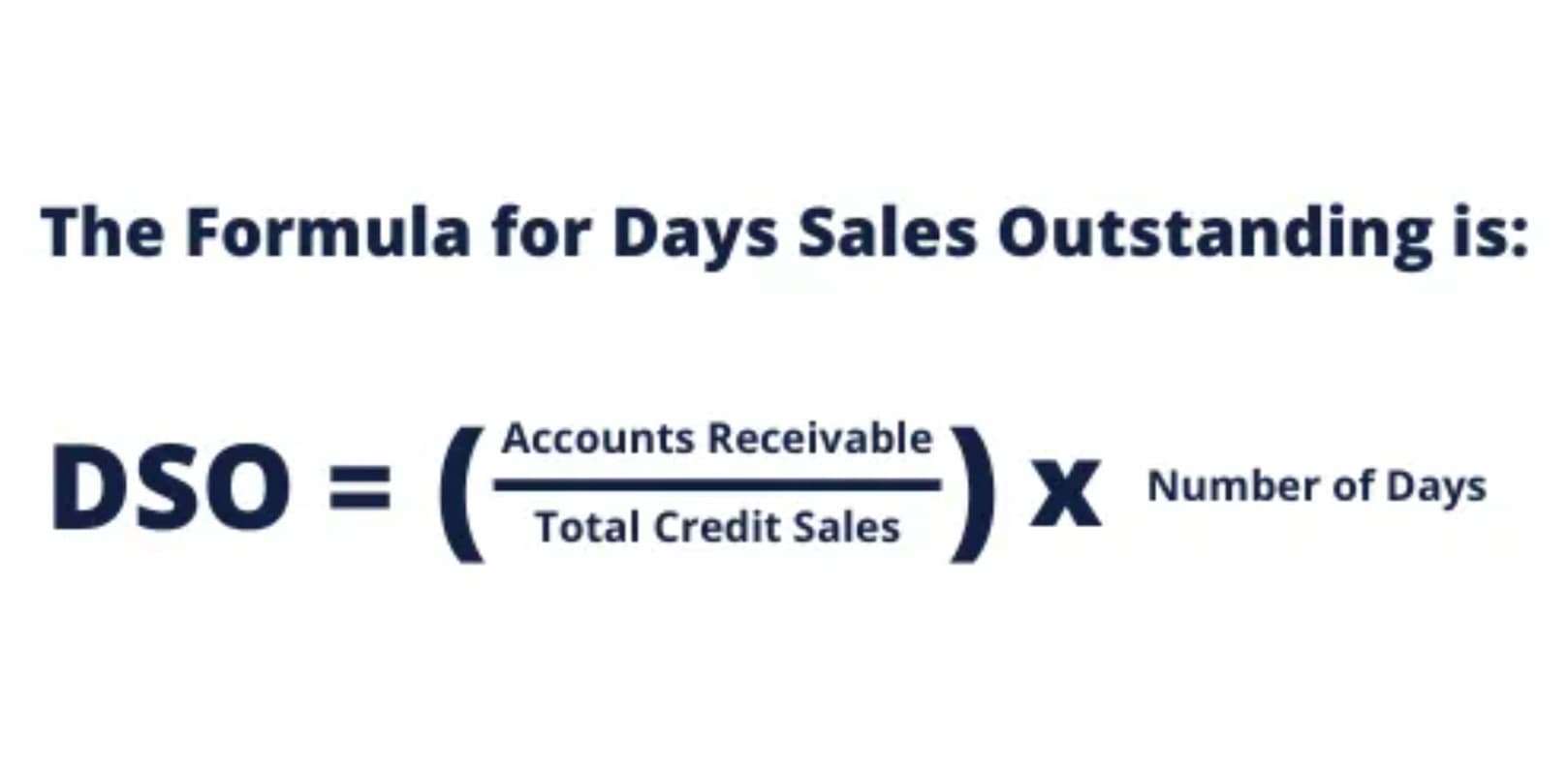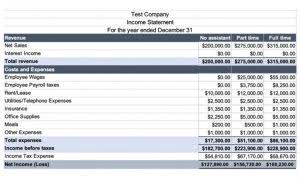
Current assets are those assets that can be converted into cash within one year. Fixed or noncurrent assets, on the other hand, are those assets that are not expected to be converted into cash within one year. Conversely, when the current ratio is more than 1, the company can easily pay its obligations and debts because there are more current assets available for use.

Current Assets vs. Noncurrent Assets Example
This category includes any other asset that can be quickly converted into cash. Other current assets include any other assets held by the Company, which can be converted to cash in one year but cannot be classified under Law Firm Accounts Receivable Management the above categories. Details of other assets held by the Company are generally provided in the notes to the financial statements.
- Prepaid liabilities or expenses represent payments made in advance for goods or services that will be received in the future.
- Since most customer payments are converted to cash within a year, it’s listed as a current asset.
- If you’re managing or starting a business, knowing what qualifies as a current asset gives you better control over your financial strategy.
- Cash is the primary current asset, and it‘s listed first on the balance sheet because it’s the most liquid.
- All of our content is based on objective analysis, and the opinions are our own.
Inventory Carrying Costs: How to Calculate and Reduce Them
- Therefore, the Balance Sheet orders the Current Assets above Non-Current Assets.
- These assets are crucial for a company’s day-to-day operations and liquidity.
- Supplies are tricky because they’re only considered current assets until they’re used, at which point they become an expense.
- Companies often invest in these securities as a way to earn a return on their idle cash while still maintaining a relatively low level of risk.
- This includes products sold for cash and resources consumed during regular business operations that are expected to deliver a cash return within a year.
The quick ratio what are current assets can be interpreted as the cash value of liquid assets available for every dollar of current liabilities. The quick ratio evaluates a company’s capacity to pay its short-term debt obligations through its most liquid or easily convertible assets. A negative working capital, on the other hand, means that the company does not have enough current assets to pay its current liabilities. Inventory is considered more liquid than other assets, such as land and equipment but less liquid than other short-term investments, like cash and cash equivalents. Current Assets can be defined as a firm’s ability to convert the value of all assets into cash within a year. It can range from businesses like retail, Pharmaceuticals, or oil, depending upon its nature.
What Are Current Assets? Definition + Examples
- In contrast, Roth 401(k)s and Roth IRAs are funded with after-tax dollars, and all qualified withdrawals — including earnings — are entirely tax-free.
- Fixed assets are long-term assets that a company expects to use in its operations for more than one year.
- Accounts receivables are any amount of money customers owe for purchases of goods or services made on credit.
- Current assets include, but are not limited to, cash, cash equivalents, accounts receivable, and inventory.
- On the other hand, if the cash ratio is lower than 1, the company has insufficient cash to pay off its short-term debts.
- Working capital is important because it represents your ability to pay short-term obligations.
Understanding the difference helps businesses make smarter financial decisions. Current assets ensure short-term survival, while non-current assets drive long-term success. A good balance between the two indicates a healthy, well-managed company. For businesses dealing with goods, inventory is a significant current asset.
- Yes, cash is a current asset, as are “cash equivalents” or things that can quickly be converted into cash, like short-term bonds and investments and foreign currency.
- Real estate, especially the family home, is often one of the most valuable assets in a divorce and the area that often causes the most conflict.
- Whether you’re a budding entrepreneur or someone simply curious about how companies keep things running smoothly, understanding current assets is a great place to start.
- Examples of current assets include cash, accounts receivable, inventory, and short-term investments.
- Current assets are important components of your balance sheet and financial statements.
Company

It also includes imprest accounts which are used for petty cash transactions. While marketable securities are not as liquid as cash and cash equivalents, they offer the potential for higher returns. Companies often invest in these securities as a way to earn a return on their idle cash while still maintaining a relatively low level of risk. For information pertaining to the registration status of 11 Financial, please contact the state securities regulators for those states in which 11 Financial maintains a registration filing. If a company receives cash from a loan, the amount received QuickBooks is considered a current asset. However, the balance sheet also adds the loan amount to the liability section.



0 Comment